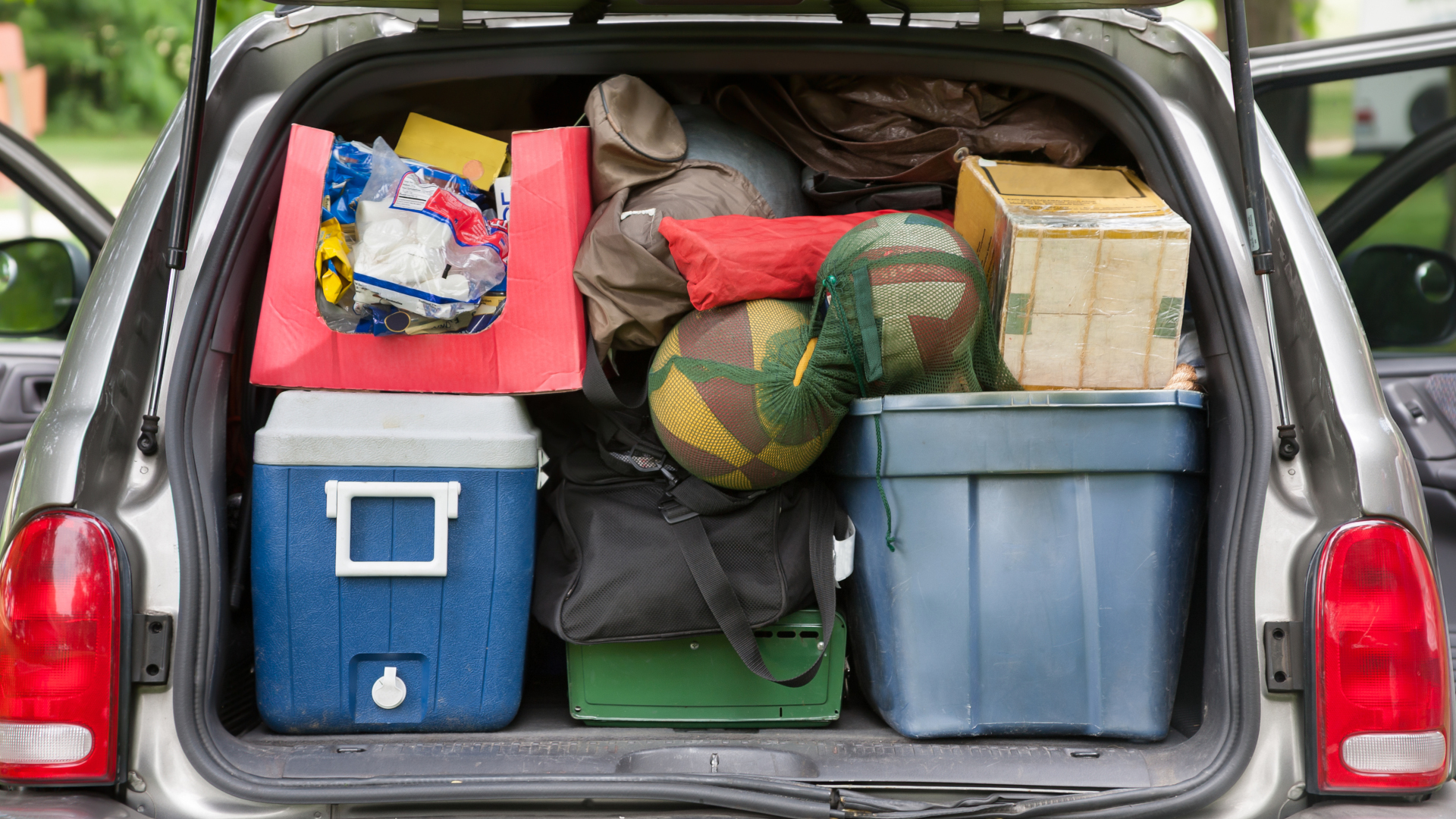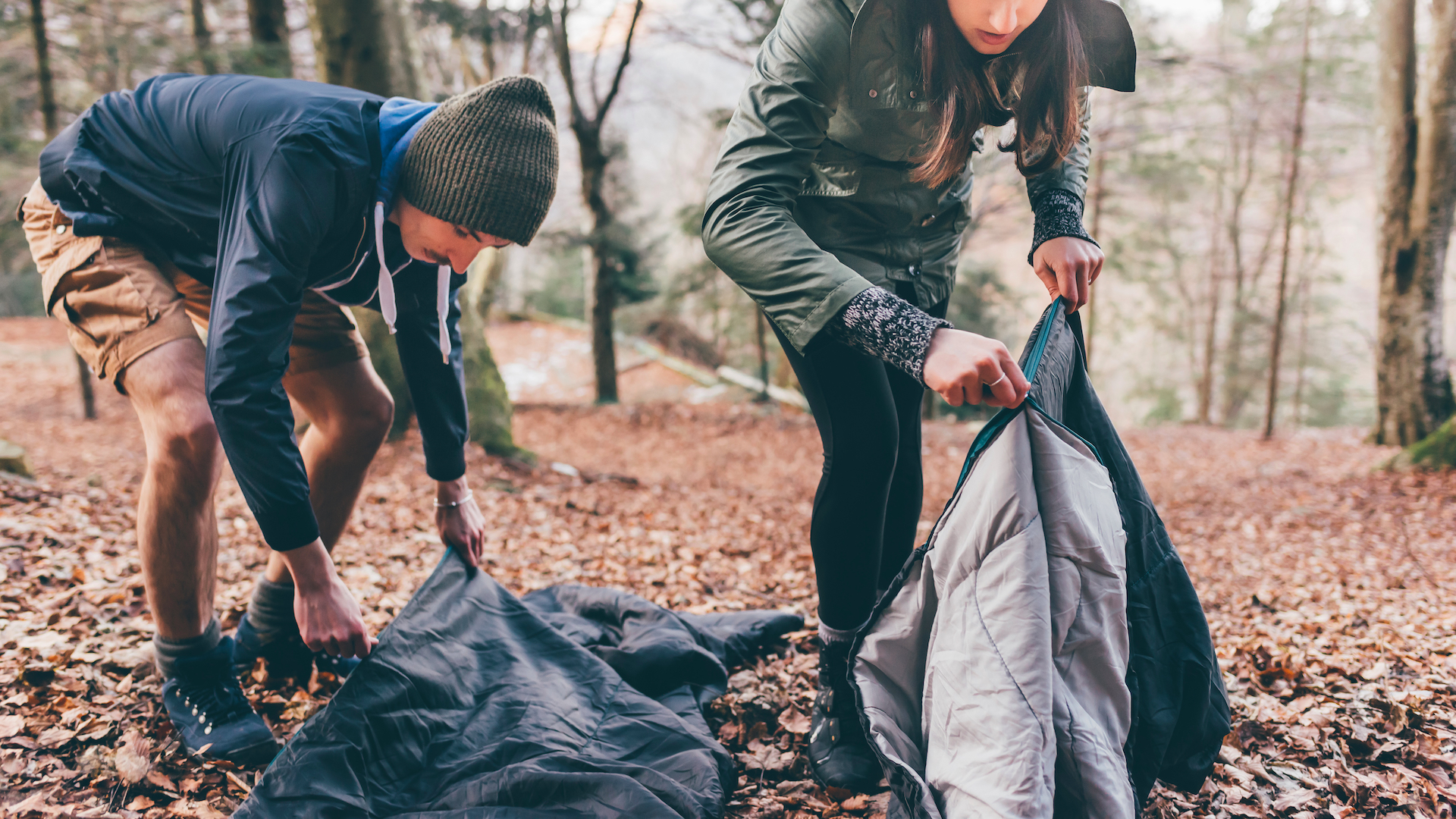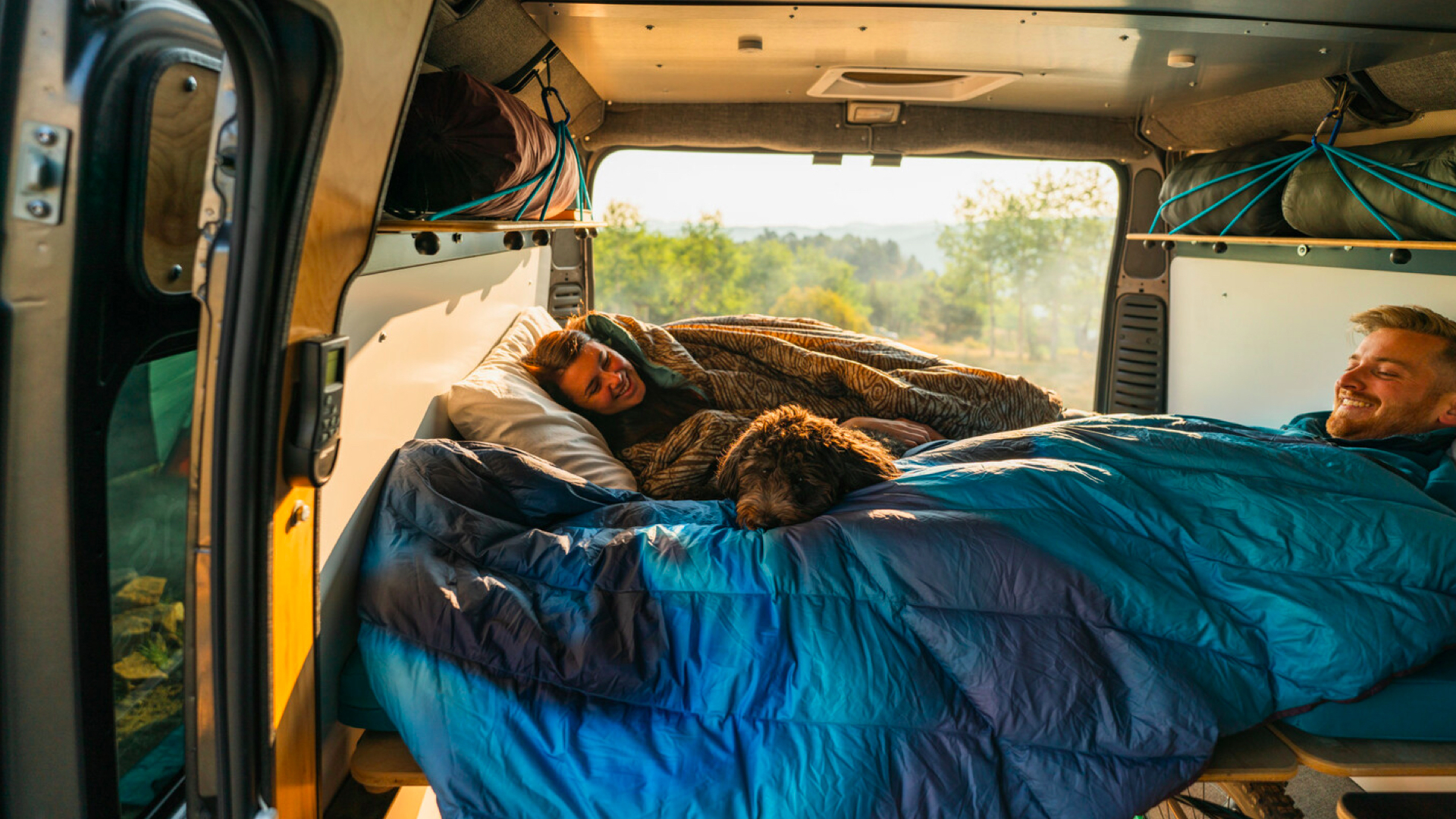Is your old flannel sleeping bag worth holding onto?
We weigh the pros and cons of flannel sleeping bags against down and synthetic versions

Somewhere deep in the recesses of your garage or attic, in an old gray camping bin that you haven’t opened in years, buried under the Christmas decorations lies a flannel sleeping bag. I haven't been creeping and sorting through your junk, I just know this to be true because everyone has one.
Before the outdoors industry really exploded with ultralight camping gear and we got down sleeping bags built for fast-and-light missions like the Rab Neutrino Pro 400 and their slightly heavier-but-still-appropriate-for-backpacking synthetic counterparts such as the Fjällräven Abisko, we all had flannel sleeping bags.
You know the kind I mean. Yours almost definitely has an army green synthetic shell and a gray and blue flannel lining. You got it for your first summer camp with the scouts and it went on a lot of sleepovers with you during your teenage years. Come to think of it, it probably served as a cozy throw in your college dorm on movie night.
But you’ve moved on. Perhaps something sleek and ultralight like the Sea to Summit Ember II sleeping quilt has taken over for your backpacking adventures and your trusty old flannel companion has been relegated to the back of the closet. During a clear out, you might be wondering if you should just drop it off at the Salvation Army, and frankly, if you know you’re never going to use yours again, that’s exactly what you should do with it. But maybe you’re just not sure if anything that weighs more than one pound is worth anything anymore? Or perhaps you’re just planning on going on a few car camping trips this summer and your ultralight friends are trying to convince you flannel is out?

Before you go throwing your perfectly good flannel bag out with the bathwater, read on to find out exactly why fast-and-light merchants scoff at them, and why yours might be worth holding onto.
Cons of flannel sleeping bags
Let’s start with the reasons why your flannel bag might not be the best choice for your outdoor adventures. Compared to a down bag, a flannel sleeping bag is going to be significantly heavier and bulkier. A REDCAMP Cotton Flannel Sleeping Bag weighs about 4.6 lbs (2kg), for example. That’s about twice the average down bag, though it’s not too far off from a lot of synthetic bags, and in fact the Snugpak Softie Expansion 5 weighs more. So it’s probably heavier than a newer bag, but not necessarily.
However, even compared to synthetic bags, your flannel bag won’t compress down as well, and if it’s an older model it probably didn’t come with a compression sack (though you can always procure one). In general, flannel sleeping bags really aren’t appropriate for backpacking (though lord knows we managed it as teenagers) since they take up most of the main compartment of your backpack or add the equivalent of carrying a two liter bottle of soda on your back. If you’re car camping, none of this matters of course, but it means you’ve got a less versatile bag.
Advnture Newsletter
All the latest inspiration, tips and guides to help you plan your next Advnture!
Then you’ve got the issue of the lining of your flannel bag being made of flannel, AKA cotton. As you might know, cotton isn’t an ideal fabric for outdoors adventures because it’s slow drying, therefore if it does get wet, it will stay wet. However, you might very well be camping in the desert or any arid type of climate where you’re not likely to see any rain and this is also a moot point. But if you’re in the UK? Stick to synthetic bags.

Pros of flannel sleeping bags
So are there any arguments for a flannel sleeping bag, or are they just less-good versions of what you can get today? It turns out that, kind of like your old Trangia stove, there are some great reasons to hold onto your flannel bag, in particular if you’re going camping in the cooler shoulder seasons.
Though for true winter camping, we’d opt for a four-season sleeping bag filled with down, flannels sleeping bags are ultra warm, so they’re great for cooler weather, and that brushed flannel is super soft and cozy compared to a slippery modern bag. They're typically rectangular bags, so you may not have a hood, but you'll have more room to move around in the night and this is great if you're a side sleeper.
Furthermore, flannel is really breathable, so if you’re tired of waking up with a synthetic bag stuck to your skin, you might really benefit from a flannel bag that helps you regulate your body temperature.
Finally, flannel bags can be really affordable if you’re in the market for a new sleeping bag, owing to the fact that they’re not quite as technical, so if you’re just heading out on the odd camping trip and don’t want to spend the equivalent of a month’s rent, they’re a good choice.

Is your old flannel sleeping bag worth holding onto?
If you’re going to be doing some car camping in colder (but dry) weather and you already own a flannel sleeping bag, there’s really no reason to upgrade to a fancier sleeping bag, especially if yours is really cozy. For backpacking, you probably will appreciate the merits of an ultralight, packable bag, but you might find that one is too minimalist for car camping. They also make great emergency blankets to keep inside your car for winter breakdowns, and are good for camping with kids.
And if you’re just far too cool for a flannel sleeping bag? Definitely donate it and keep it out of the landfill.
Julia Clarke is a staff writer for Advnture.com and the author of the book Restorative Yoga for Beginners. She loves to explore mountains on foot, bike, skis and belay and then recover on the the yoga mat. Julia graduated with a degree in journalism in 2004 and spent eight years working as a radio presenter in Kansas City, Vermont, Boston and New York City before discovering the joys of the Rocky Mountains. She then detoured west to Colorado and enjoyed 11 years teaching yoga in Vail before returning to her hometown of Glasgow, Scotland in 2020 to focus on family and writing.

